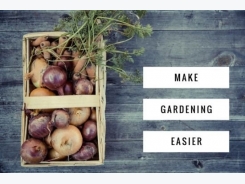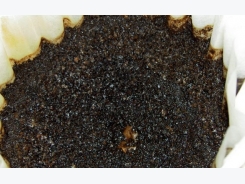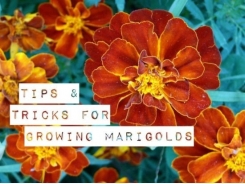How to Water Seeds and Seedlings

Water is one of the vital elements when starting plants from seed. Too much water and your seeds will drown or rot. Too little and they will either fail to germinate or die once they do.
If you are starting your vegetable garden from seed, you have two choices. One, you can start your seeds indoors and then plant them outside as seedlings several weeks later, or you can direct seed into your garden. There are a number of good reasons to start seeds early indoors. Most importantly, you get ahead of the growing season. This is especially important if you live in a place with a short growing season. Another advantage is that you can tightly control the ideal growing conditions: temperature, moisture, sunlight, etc. A third advantage is cooling that early spring itch to get outside and get something in the ground!
The best candidates for early starts are things like broccoli, cabbage, cauliflower, celery, eggplant, leeks, onions, parsley, peppers, and tomatoes. Root crops, like beets and carrots do not like to be transplanted and are best sown directly into the garden. Corn and peas are other things that do not take well to a transplanting.
To germinate your seeds you can do one of two things:
You can moisten a paper towel, place the seeds in the middle of the paper towel and place it on the window sill in the sunlight.
Alternately, you can fill small sections of a seed starting tray with a soil mixture and plant the seeds into the mixture about 1 inch deep. Then water lightly.
Either way, you don’t want the seeds sitting in water. You want to have the soil or paper towel moist but not soaked. Let the soil mix dry out just a bit, but not completely, before wetting again. I use a spray bottle to keep my starting mixture moist. The key is good drainage. Make sure that excess water has a way to drain away from the seeds. There are seed starting systems available that work via a capillary system. This keeps your soil at the right moisture level with no work from you but I find the spray bottle method pretty simple.
If you cover your seeds with some loose plastic you will create a mini-greenhouse environment that will hold in both heat and moisture. You will need to get air to the seeds so remove the plastic every once in a while so that you don’t get mold formation that can ruin your seeds.
After a few days, two small leaves will appear once your seedlings begin poking through the soil and unfurling. Again, keep the soil moist as the seedling begins to take off.
As the days warm and lengthen you will begin taking your seedlings outdoors to “harden off”. That is, to get them used to being outside by putting them out for portions of the day (you will still be bringing them inside at night). Be careful here. The sun and spring winds can dry out that delicate soil in a heartbeat.
When the day comes that you are ready to plant your seedlings into the garden, water them well before the transplant. Once they are in the garden, water them again very well. Finally, to avoid drying out your seedlings try not to transplant during the hottest, sunniest part of the day.
Basic Watering Tips for Starts
Not every plant has the same needs when it comes to watering, but there are some basic rules you should follow according to a website on How to Grow Plants Indoors:
Wet the soil thoroughly, and the water should be able to drain out of the bottom of the pot. How much you water, and how often purely depends on the type of plant that you are dealing with, so read the seeds or ask the person selling you the plant, how much water does this plant require.
Now, don't over water, that's probably what kills most plants. If you have too wet of a soil constantly it will lead to problems with the roots. You'll notice that the leaves will become yellow, that's because there is not enough oxygen in the soil because it is too wet.
When watering the plants, try to use water that is the same temperature as the room. This will insure that the plant doesn't have any shock from too cold or hot water.
Related news
Tools

Phối trộn thức ăn chăn nuôi

Pha dung dịch thủy canh

Định mức cho tôm ăn

Phối trộn phân bón NPK

Xác định tỷ lệ tôm sống

Chuyển đổi đơn vị phân bón

Xác định công suất sục khí

Chuyển đổi đơn vị tôm

Tính diện tích nhà kính

Tính thể tích ao




 Growing Blueberry Bushes: Tips for Success
Growing Blueberry Bushes: Tips for Success  Growing Marigolds: Tips and Tricks
Growing Marigolds: Tips and Tricks